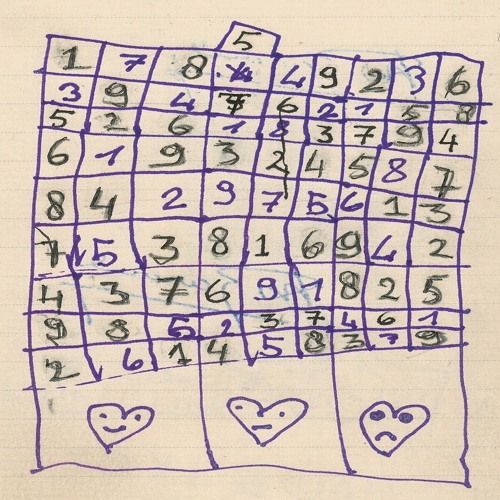
He was not the first Bellydancer in the nation by a long shot, but he was definitely a pioneer of the dance here on the West Coast and was someone who had been dancing all of his life in show-business of one sort or another.Īt the time, Bert taught Bellydance technique with (predominantly) Turkish roots. Opportunity blossomed among the hip crowd, and he began teaching “newly-freed” housewives what he had learned while on tour with the circus. When finally he returned to San Francisco, he saw that the time was ripe in California for teaching women’s lessons in Bellydance. True, he had been part of a circus tour at the time he began to learn Bellydancing, but he had studied ballet and other dance of the time and also traveled extensively, attending semi-formal lessons in Bellydance along with other members of his circus company who were also dancers in ballet and other forms as well. He had traveled and studied dance in the Middle East-though he was not of Middle Eastern origin. Then, I met Bert Balladine, who became my dance teacher and mentor. There were paintings of dancers in books and museums showing an array of costumes that seemed to imply motions that one could surmise was an intricate turn or a kick or a posturing of an exotic nature, and I was ready to love and emulate them all. We sat through long Egyptian movies (without subtitles) in San Francisco theaters just to catch sight of the obligatory five minutes of Bellydance worked into the script.

JAVASCRIPT LAY SOUNDBYTE TV
Sometimes, we saw on TV those jerky old black-and-white films of Isadora Duncan flitting about the garden of her Temple of the Wings in Berkeley or Loie Fuller performing upon her light-box with gigantic, organic veils. We aspiring dancers could not study home video tapes because there were none. While I admit that much of the Middle Eastern life depicted by early Victorian artists (circa the 1800s) was romanticized beyond common sense, still, a great deal of it does explain, in one painting after another, a way of life that had passed by in time-sometimes for the better and sometimes not. By 1970, still, I had never seen a Bellydancer except in paintings and tapestries.ĭuring the ’80s, Orientalist paintings (and there were many) became an object of ridicule by those dancers who were then fortunate enough to be able to fly to the Middle East and learn about the subject first-hand. With the exceptions of Serena Wilson ‘s book of Bellydance instruction and a paperback I found written by Princess Nayeela, a Turkish Bellydancer in Las Vegas, written accounts simply did not exist back in the late ‘60s. I had poked through the stacks of the large libraries in Berkeley at the University of California where I had been studying Library Science (librarianship) and found some fascinating old descriptions of early dancers in the works of writers such as Flaubert, but not much was written about Middle Eastern dancing or dancers.

Most of the dancers of the time were also dabbling in macramé lessons, Hatha Yoga, musical forays into foreign music classes and other artistic oddities, and it was rare that much information would be available to study-anywhere. To explain what I learned in that moment, I will have to start back at my entry into the world of Bellydance in Berkeley and Sausalito, California, at the start of the ‘70s.īack then, all of the lessons available concentrated on what we called “TBDM” (typical Bellydance movement) and most people assumed that those who studied Bellydance were looking for something exotic to fill our newly-awakened feminist yearnings for adventure.
JAVASCRIPT LAY SOUNDBYTE HOW TO
She said she couldn’t figure out how to dance with out repeating moves “over and over again.” “I bore even myself,” she added. Perhaps what my new student wanted to know would never have been a question in a dancer’s mind even thirty years ago. Through her clear description of what she wanted to learn, I was able to look inside our recent dance evolution and see what we dance teachers in the west have done to change Bellydance here in the U.S., how we have changed and modified it into something it never was in the lands of its origins. It felt as if a heavy, dark door had opened for me with a sickeningly loud squeak of protest.

Last week, while I was working with a dancer new to my coaching clientèle, I enjoyed another little epiphany as she gave me an explanation of what it was that she wanted to accomplish in her dance for her next spurt of growth. When it comes to any of the arts, it is in these small moments that the nature of dance (or other art) reforms, stretches, and changes to meet needs. They prompt the most artistic and thrilling of all the learning that can take place in a dance studio. Part One: Evolution of Bellydance by Najia MarlyzĮpiphanies can be so rare! Yet, rarefied insights in teaching and coaching still happen.


 0 kommentar(er)
0 kommentar(er)
